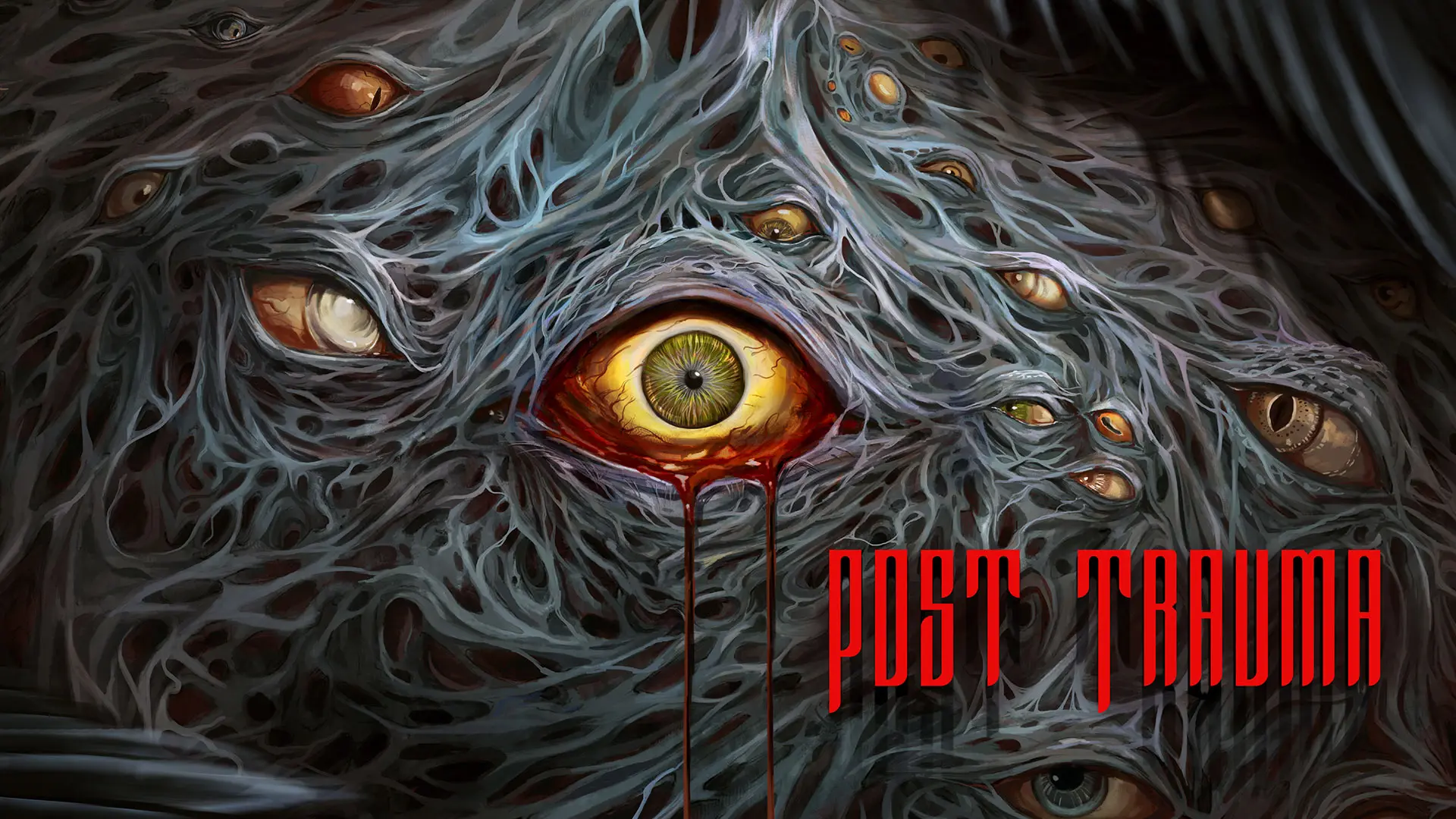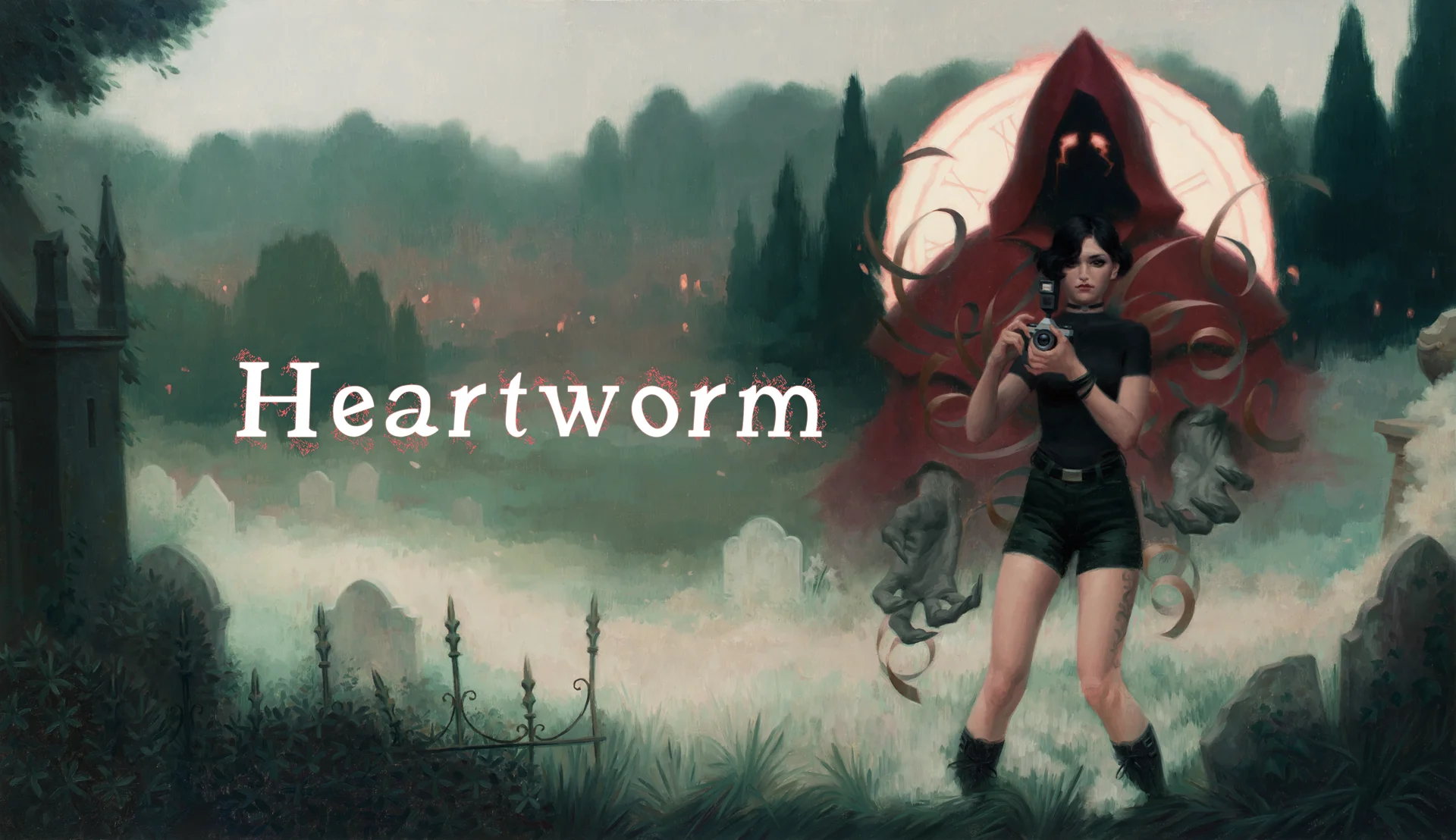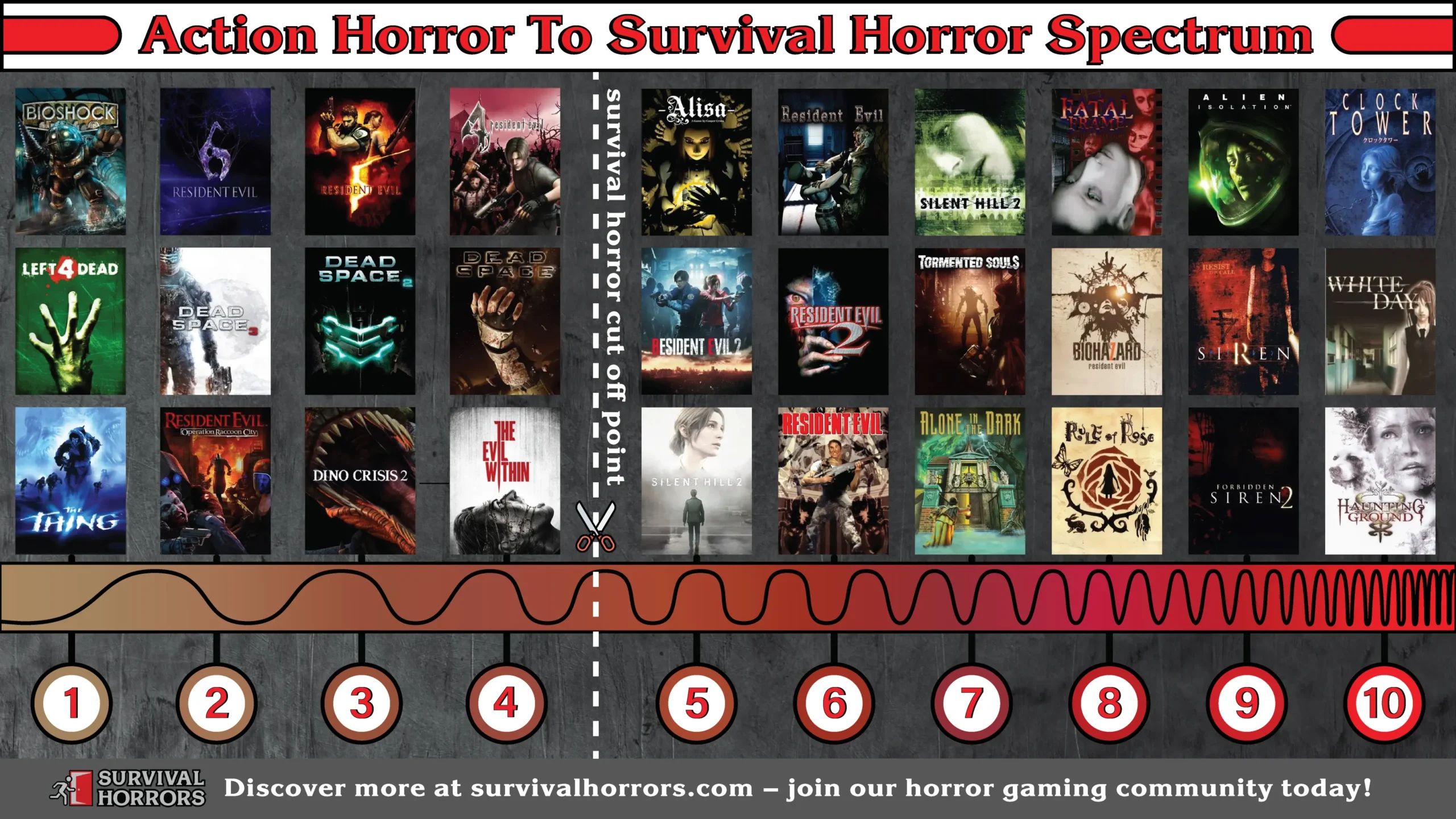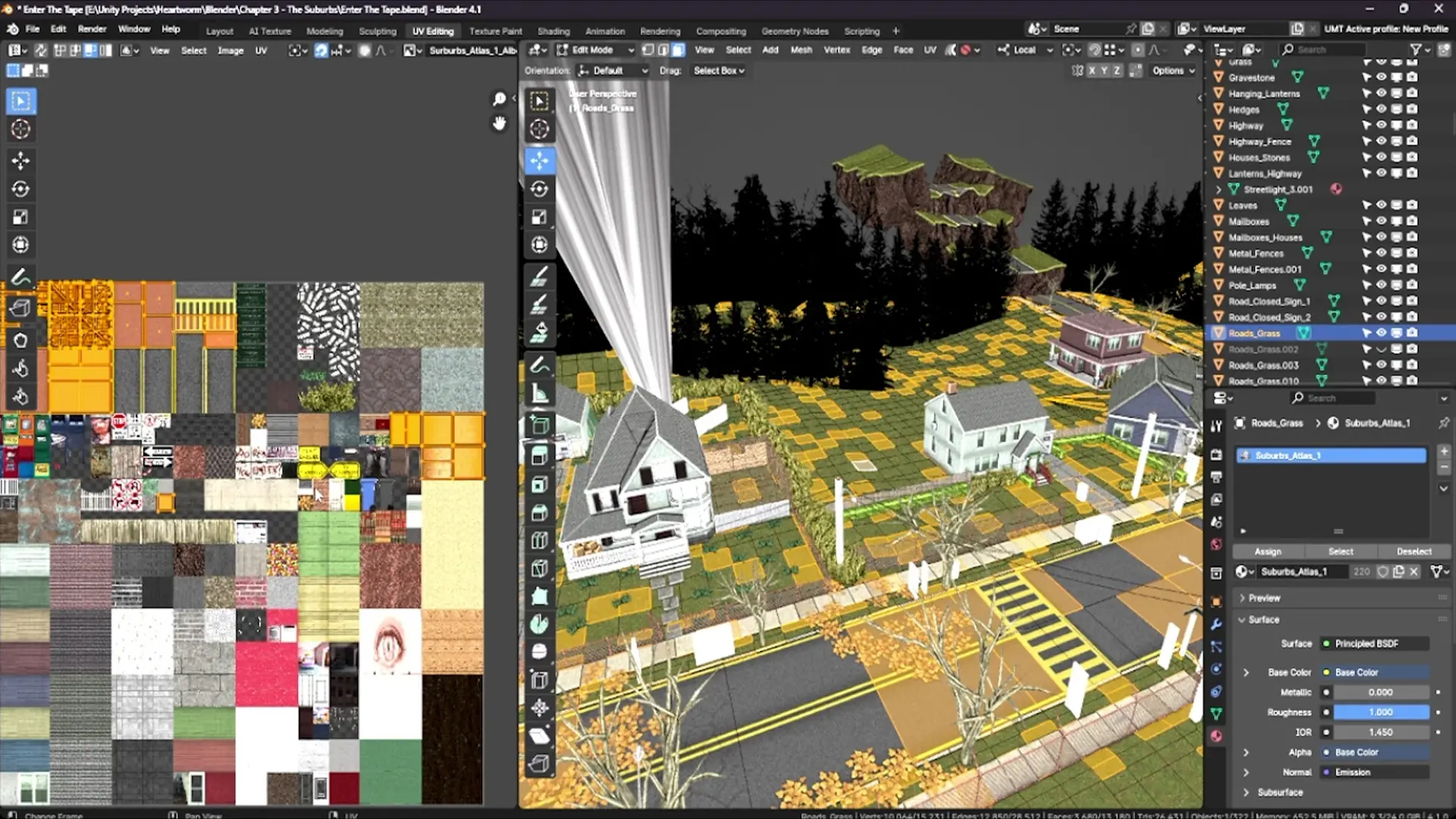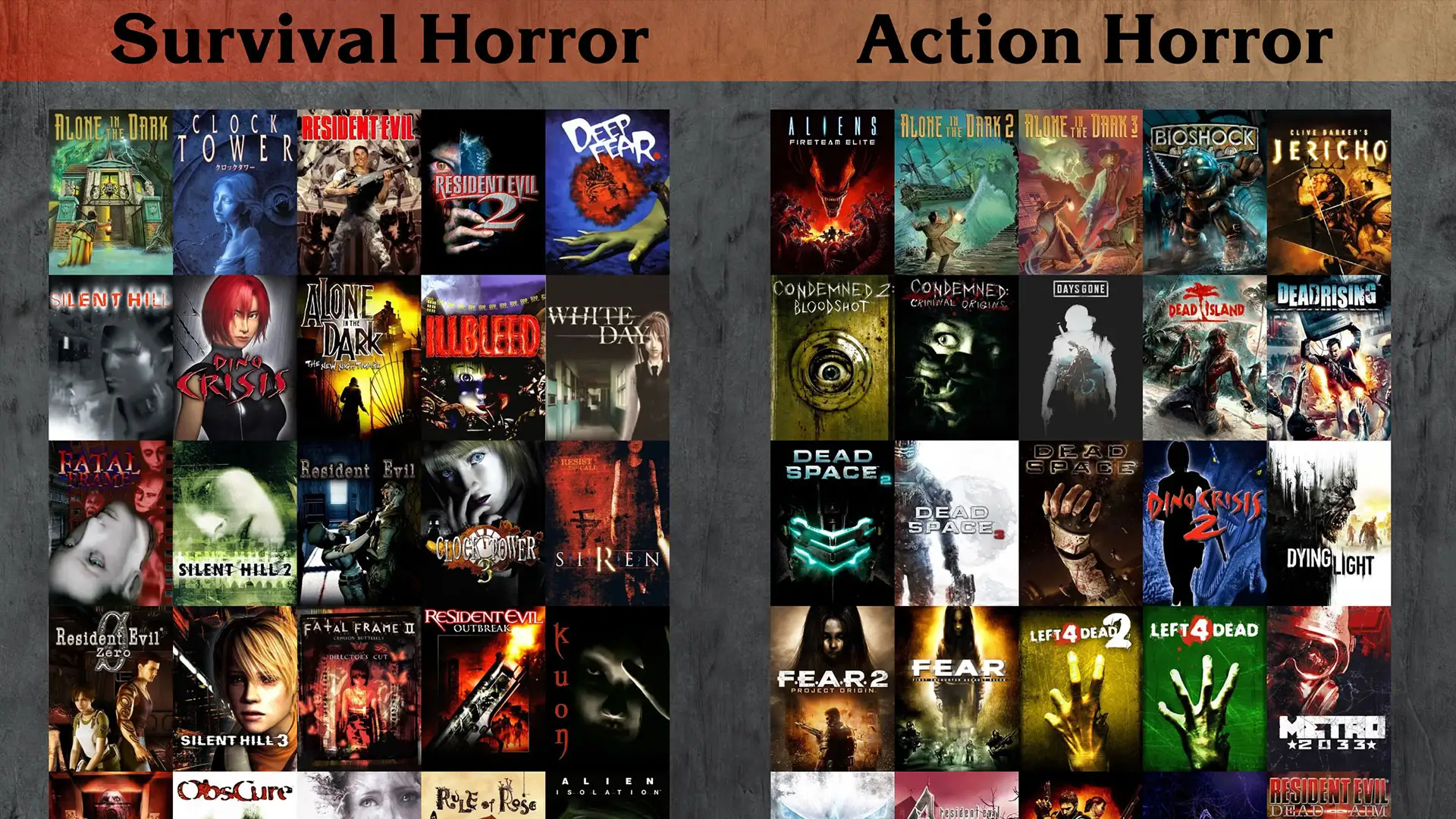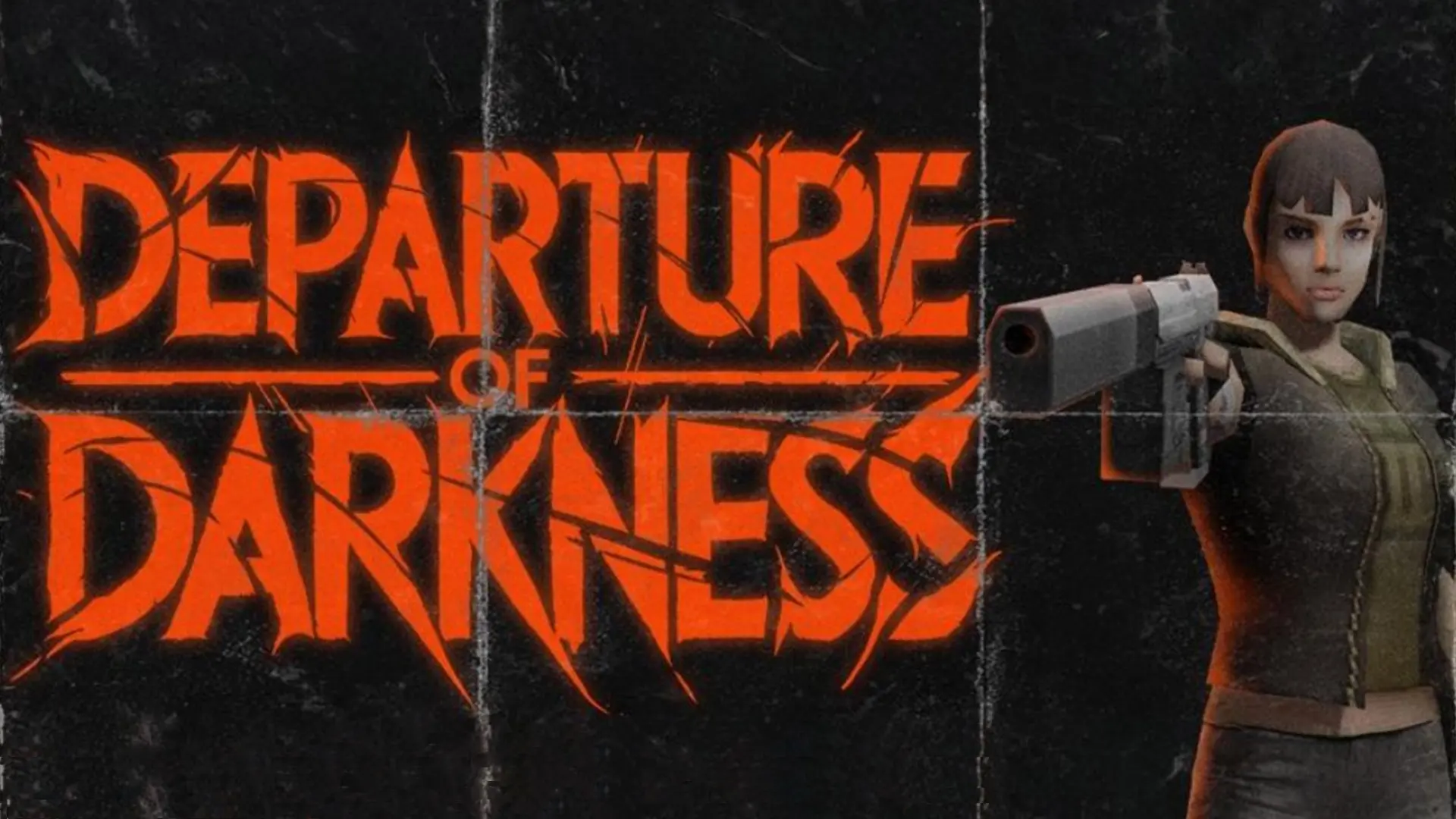Disclaimer: We were fortunate to gain early access to Post Trauma. The impressions shared in this article are based on that pre-release version.
“Not the Next Silent Hill”
Post Trauma is a modern indie survival horror game that wears its influences proudly on its sleeve. With fixed camera angles, challenging puzzles, limited combat, and classic save rooms complete with storage chests. It captures the feel of late-’90s horror classics while leveraging the power of Unreal Engine 5 to deliver realistic visuals that heighten the tension and bring its surreal world to life.
The game began as a solo development project before gradually expanding to a small team of three to five people at different stages. What this team has accomplished with limited resources is genuinely impressive, much like the spirit of a survival horror game itself.
Roberto Serra Gascón, the creator of Post Trauma, posted on Steam, saying, “Some people have seen the trailers and commented, “Post Trauma is the next Silent Hill!”, but let me tell you, it is not… we are aware of the limitations of our game and I hope our players are too.” While this statement helps manage expectations, I think the team is being incredibly modest. The atmosphere in Post Trauma is so well crafted that, at times particularly in some of the environments, it felt on par with, if not better than, the Silent Hill 2 remake. That’s remarkable when you consider the size and resources of the team behind it.
While Post Trauma may not match the scale of a modern Silent Hill it shares a similar design philosophy with the recently released Hollowbody, another indie horror title inspired by Silent Hill 2. Both games prioritize atmosphere, puzzles, and psychological tension over combat, staying true to the roots of classic survival horror. That said, Post Trauma offers a longer, more expansive experience, giving its world more time to breathe and unfold.
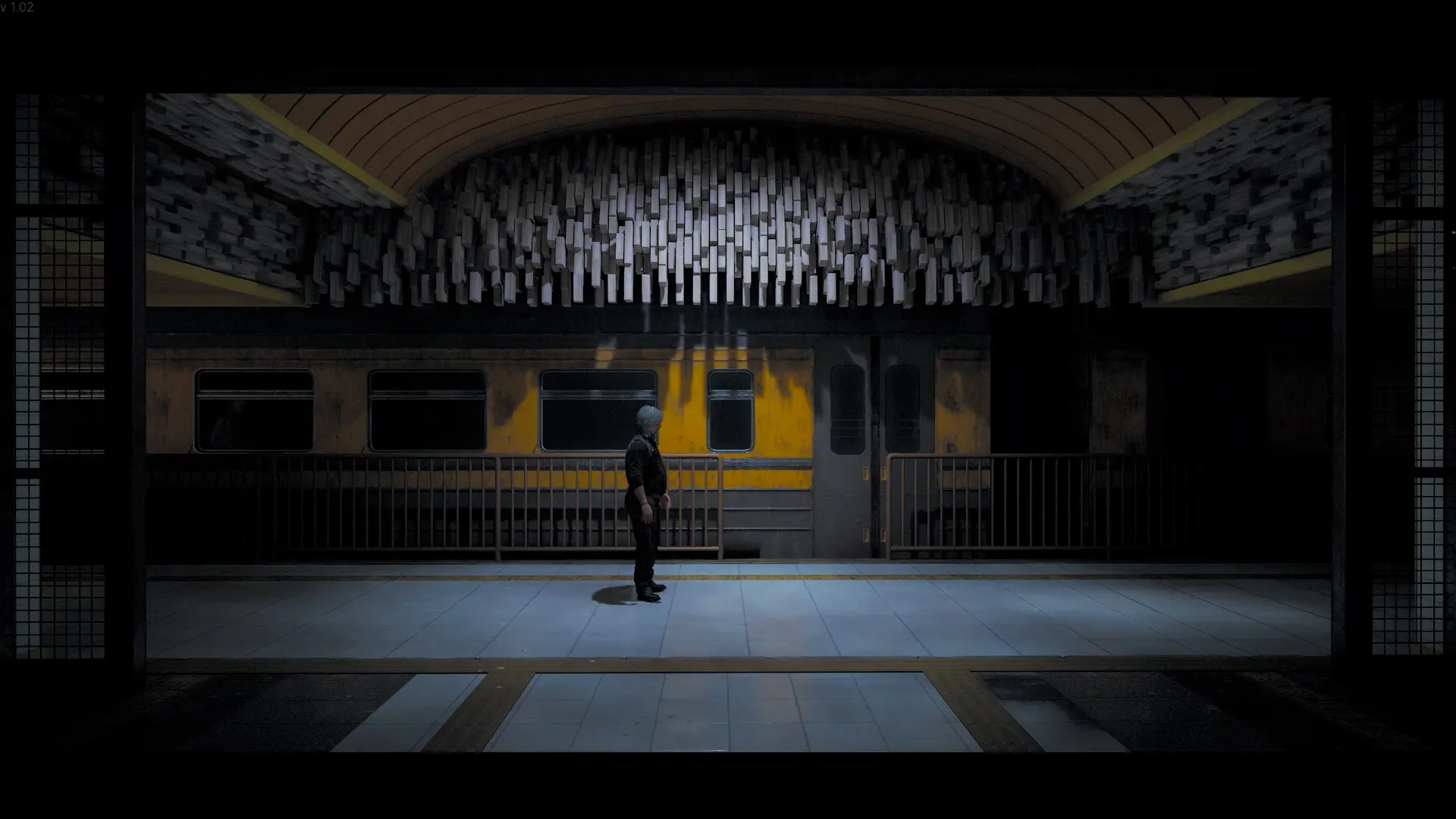
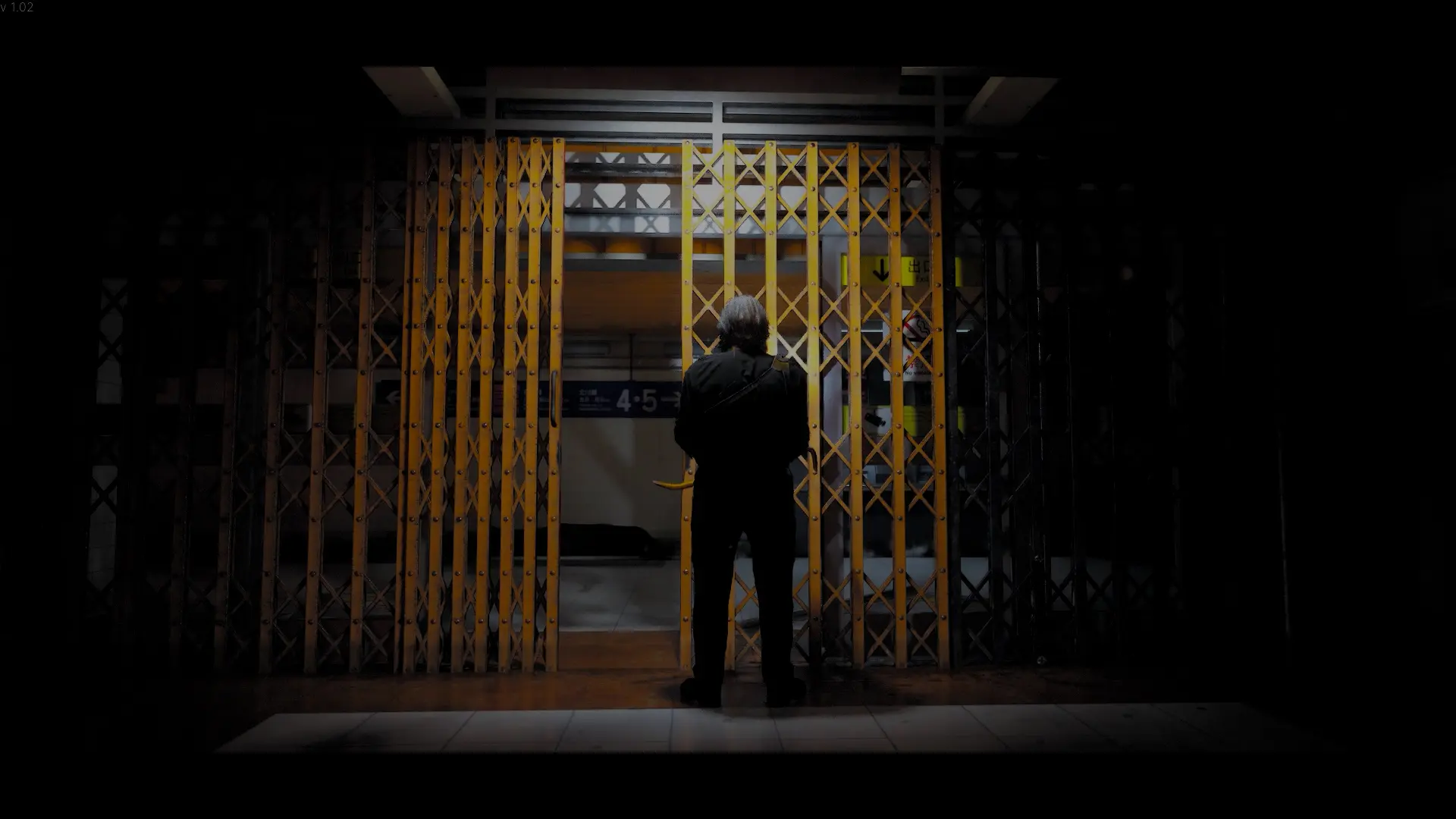
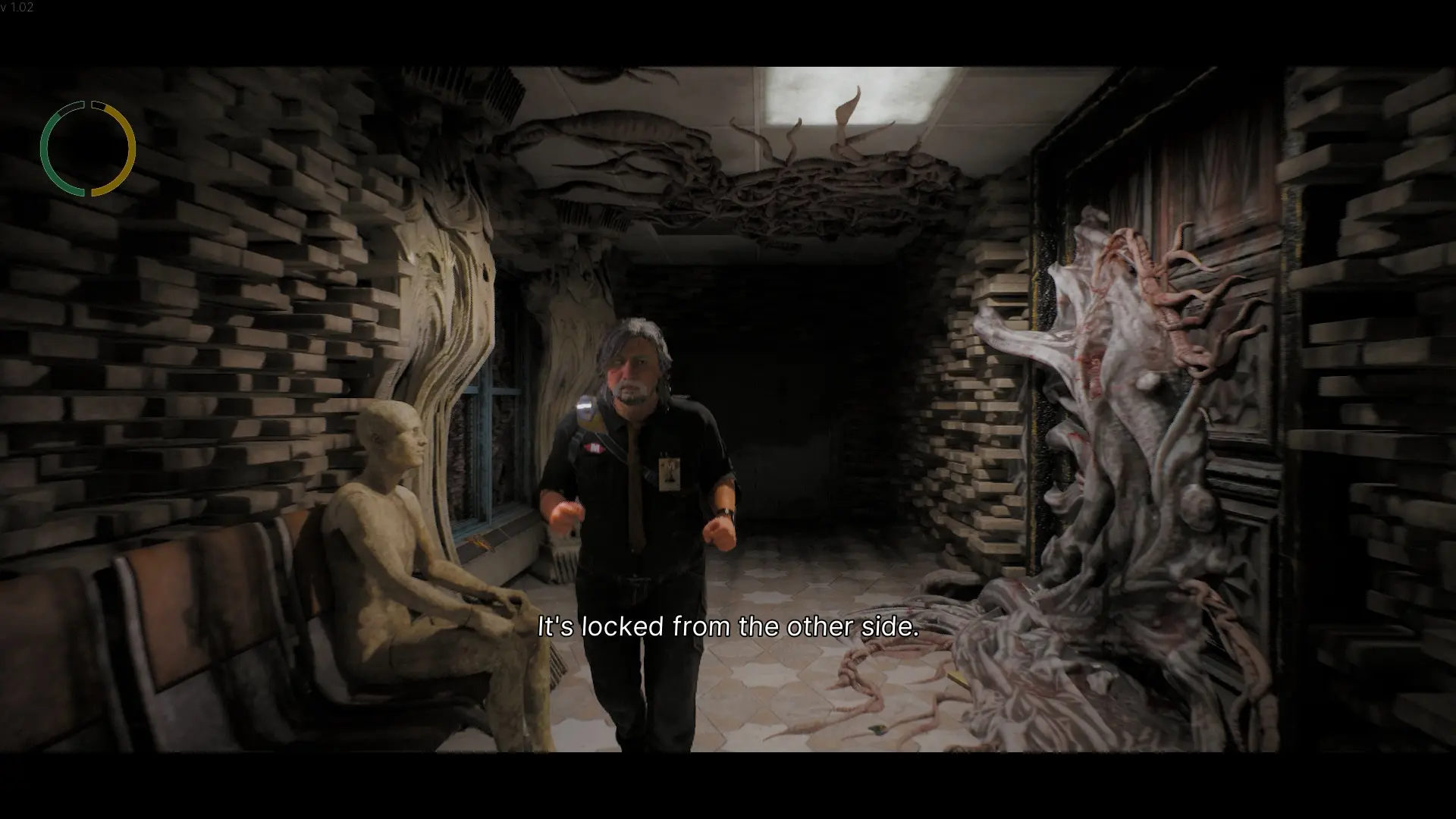
The Environment Is the Clue
You start the game locked on a train, and the only way to escape is by solving a puzzle. At first, I thought this was a questionable design choice, but in hindsight, it’s actually the perfect introduction. It immediately sets the tone, Post Trauma is a puzzle focused experience, not a combat heavy one.
The best advice I can give going into this game is to pay close attention to your surroundings. Don’t be afraid to use your phone camera to snap photos and take notes of anything that stands out. Clues aren’t spoon-fed to you; they’re often hidden in the environment and conveyed through visual storytelling and imagery, rather than text. That took a bit of adjustment for me, as I’m used to more text heavy clues, which I usually don’t enjoy. So this more visual, interpretive approach was a refreshing change.
Surreal Atmosphere
The atmosphere in Post Trauma is brilliant — from the moment you step off the train, it’s clear that a huge amount of care went into the environment and set design. One of the game’s greatest strengths is its surreal, dreamlike tone. From haunting enemies and unsettling mannequins to corridors that feel like they’ve slipped out of a fever dream, the world of Post Trauma is deliberately disorienting and deeply immersive.
A large part of that comes from the vision of Pau Pujadas, who joined the team as concept artist and art director shortly after the studio partnered with Raw Fury. Pau took the surreal ideas at the heart of the game and dialed them up dramatically, creating bizarre, beautiful concept art that shaped its distinct, otherworldly identity.
And it’s not just concept art — Post Trauma‘s 3D models deliver visual moments that rival big-budget AAA titles. Though Pau’s background is in 2D, he quickly adapted to 3D sculpting, crafting many of the game’s most memorable organic designs. Thanks to Unreal Engine 5’s Nanite technology, those surreal sculptures were brought directly into the game world in stunning detail.
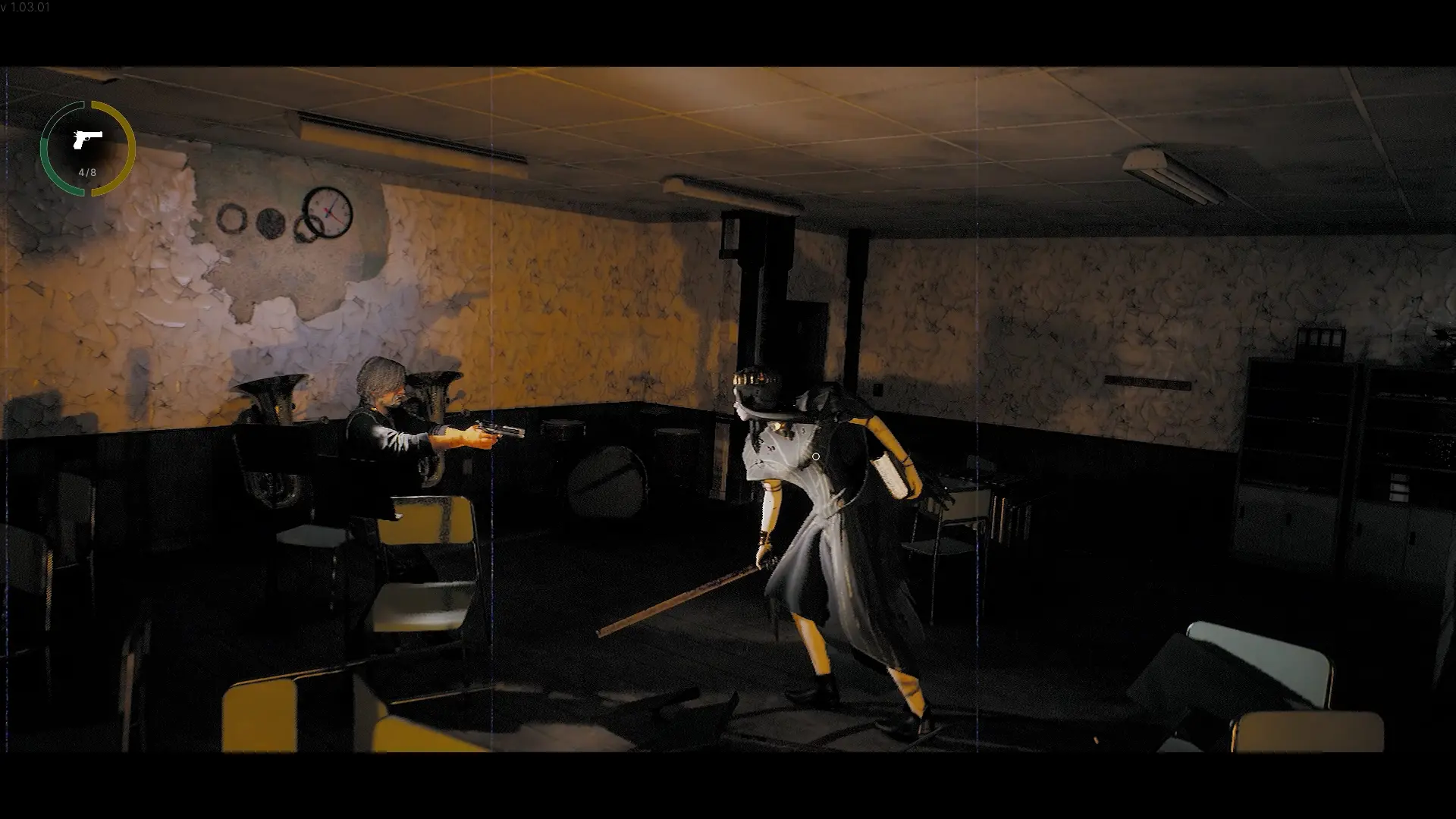
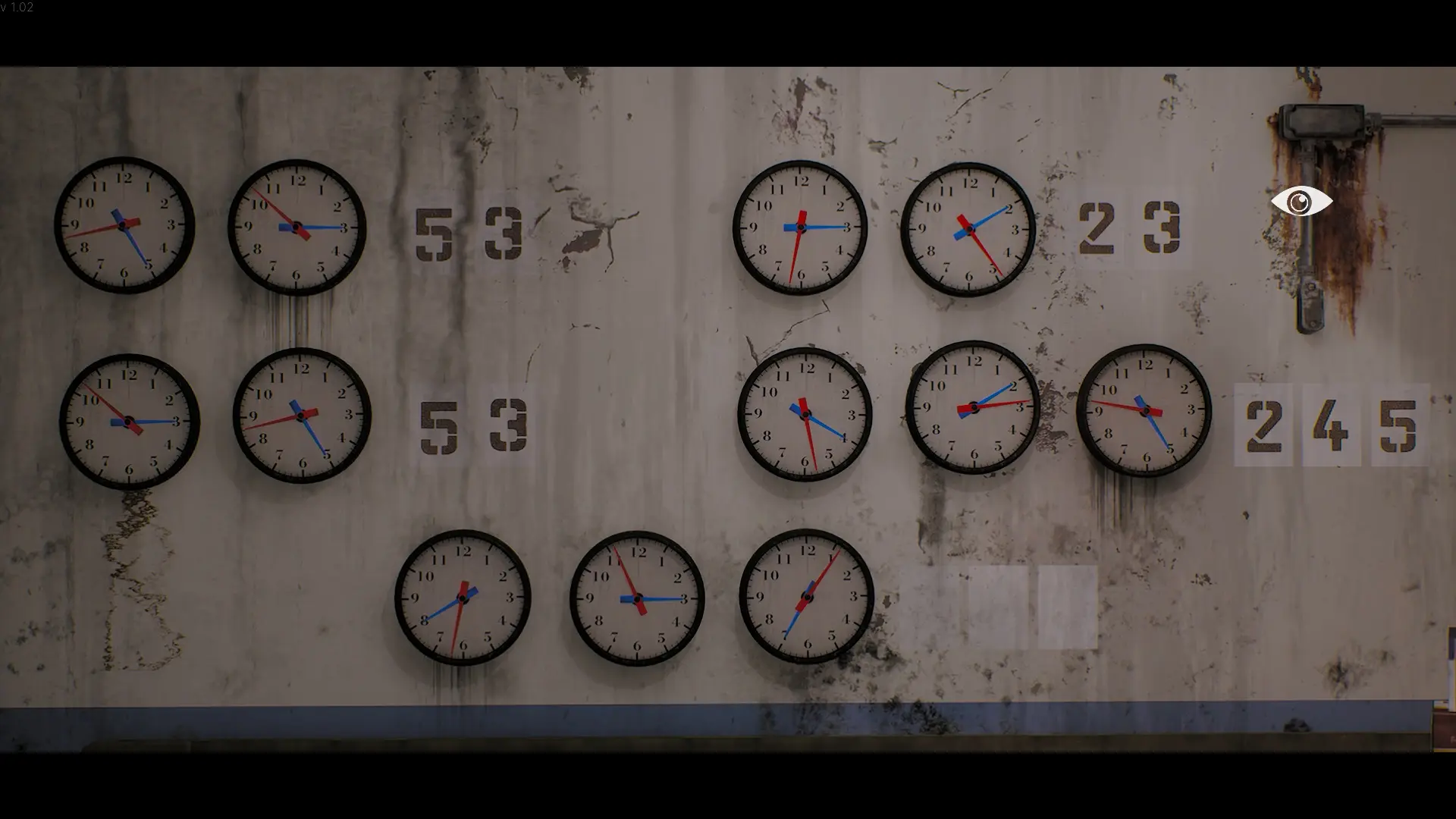
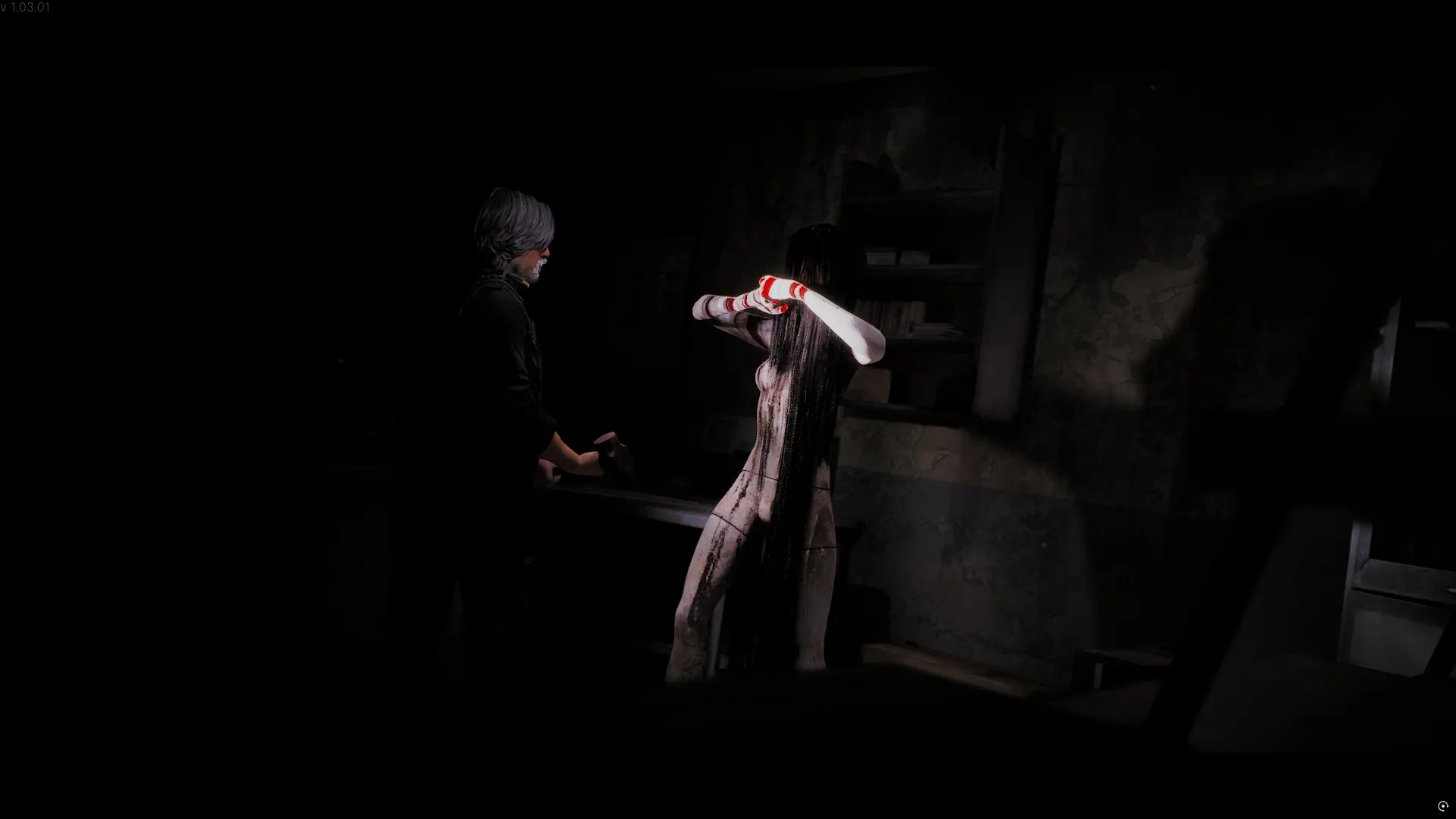
An Unlikely Protagonist
I know I’ve already said this, but it’s worth emphasising, this is not a combat heavy game. If you’re looking for intense action, you’re in the wrong genre. In Post Trauma, not every battle needs to be fought or won, sometimes, running is just as valid as fighting. That’s true of most classic survival horror games, and it holds true here.
Not only is combat minimal in Post Trauma, but movement is also deliberately sluggish, and that’s very much a design choice. Without giving too much away, Roman isn’t the only playable character, and one of the others moves with a noticeably smoother, almost gliding motion by comparison.
I’m not the first to point this out, but Roman is a refreshingly unconventional survival horror protagonist. He’s just an ordinary man, not a fighter, and if he runs for too long, he gets winded and has to stop to catch his breath. Honestly, I can relate. A vulnerable character is a core element of the genre, and it’s nice to see a break from the usual “young girl” trope. Interestingly, the original concept for Post Trauma did feature a young female lead, but when Epic released their digital human creation tools, the team pivoted to Roman instead.
Fixed Camera Angles
I think it’s important to highlight just how well-executed the camera work is throughout Post Trauma. Above is a short video showcasing some of my favourite moments. It’s not just about where the camera is placed — it’s about how it’s used to enhance the atmosphere and storytelling. For example, as you exit the train at the start of the game, the camera lingers behind, peering out from inside the carriage. In the claustrophobic hospital archives, it tracks you from behind rows of shelves, adding a layer of unease and tension. It’s not just atmospheric — it’s also a smart and practical choice, making it much easier to navigate the tight, cluttered space without getting disoriented.
I’ve played other indie horror games with fixed cameras that feel awkward or limiting, but that’s not the case here. It’s clear that Post Trauma was built with fixed angles in mind from the start, and the team put real thought into how to frame each scene in the most cinematic and impactful way. The result is a game that consistently shows its world from compelling, often unsettling perspectives — a key part of what makes the experience so immersive.
Conclusion
Post Trauma might not be the next Silent Hill — but it doesn’t have to be. It’s a game with its own identity, shaped by a small but passionate team who pushed their tools and talent to the limit.
It may not have the budget or scale of a AAA title, but it more than makes up for it with vision, atmosphere, and heart. From its carefully crafted environments and immersive camera work to its surreal world-building and unconventional protagonist, it’s clear that every detail was chosen with intention. This is a survival horror game that understands the genre’s roots.
If you’re looking for a new survival horror experience, Post Trauma is absolutely worth your time — and it’s available now on Steam: store.steampowered.com/Post_Trauma
Want to see Post Trauma in action? Watch the video version of this article just above.


